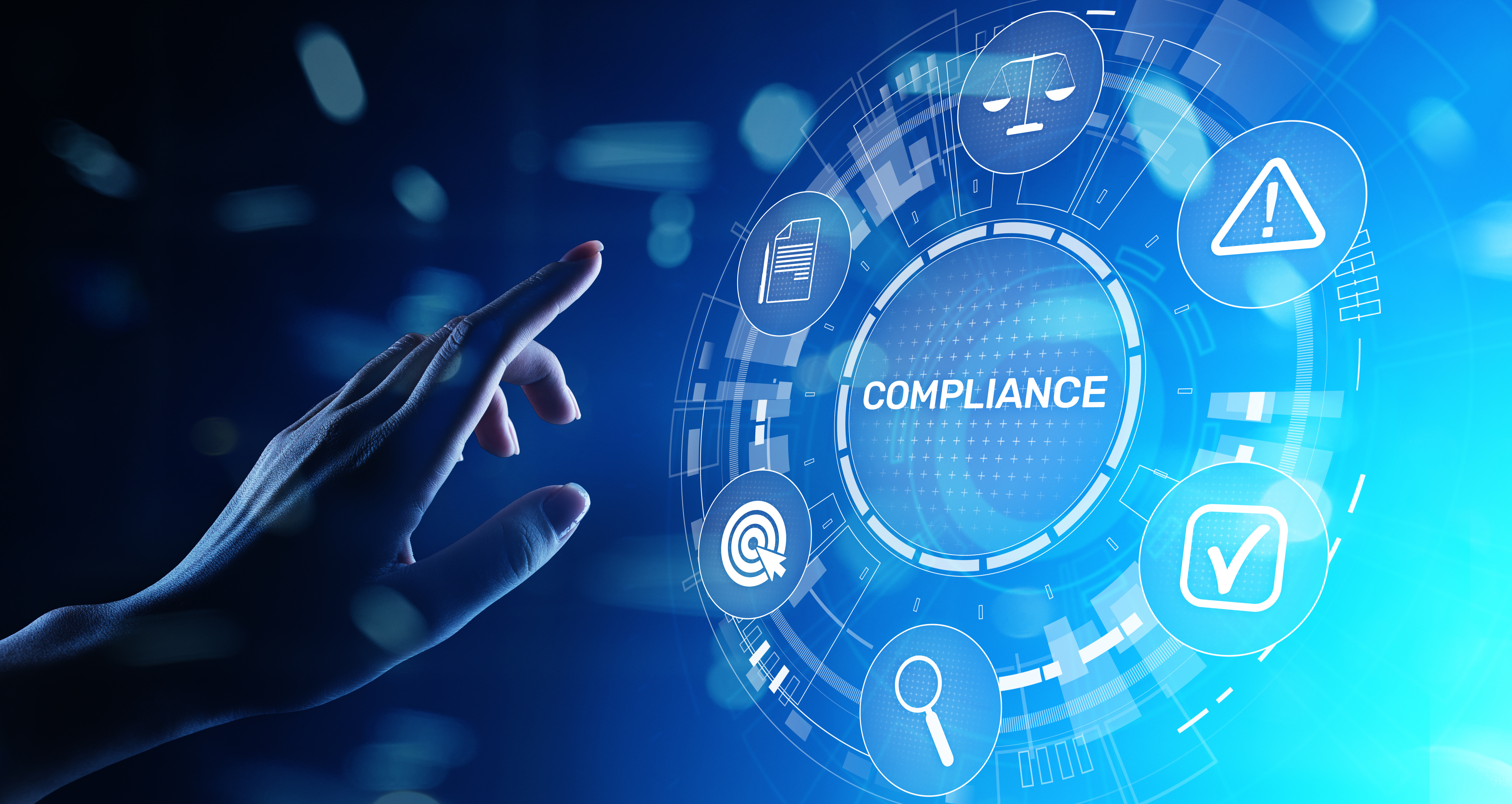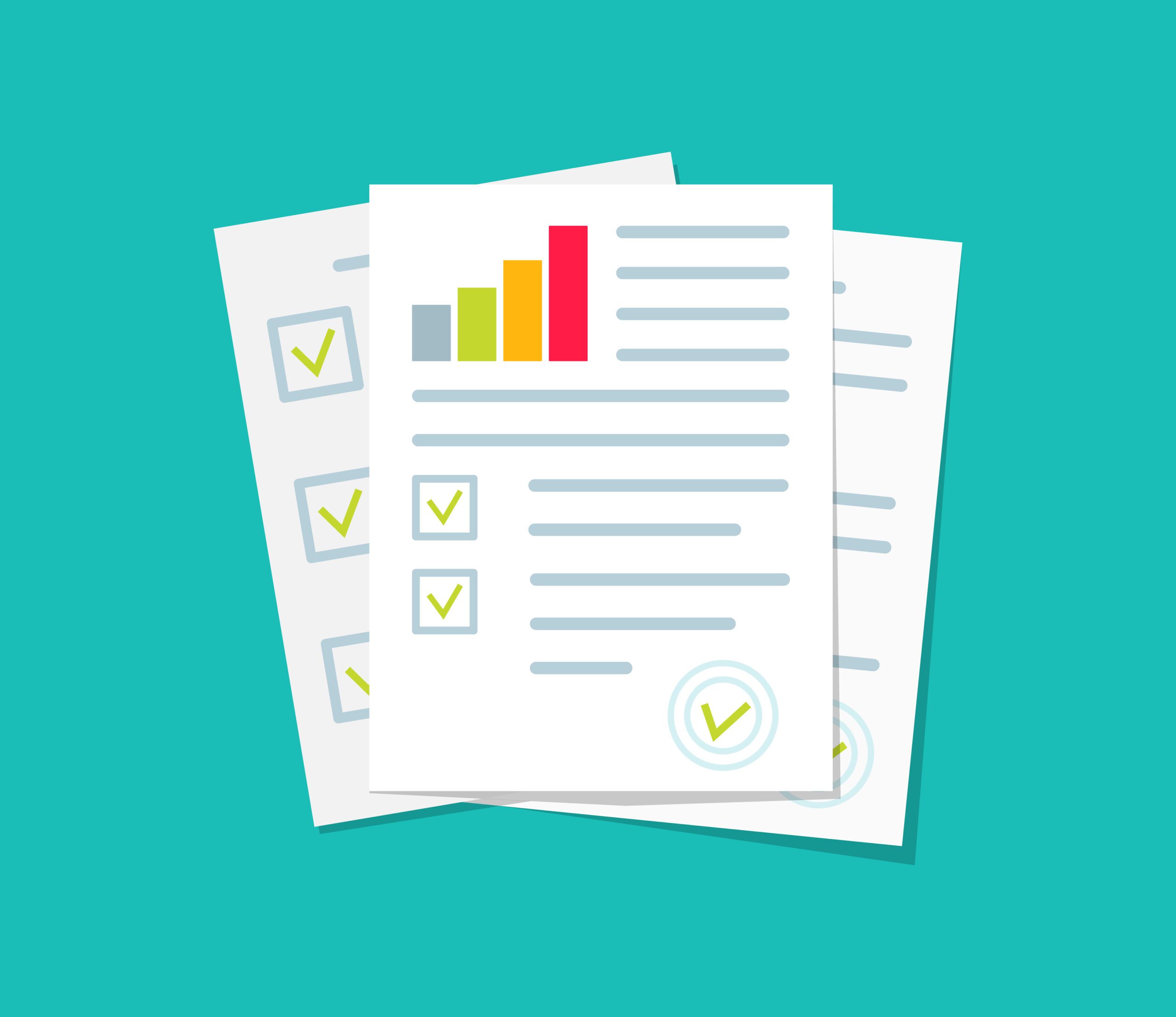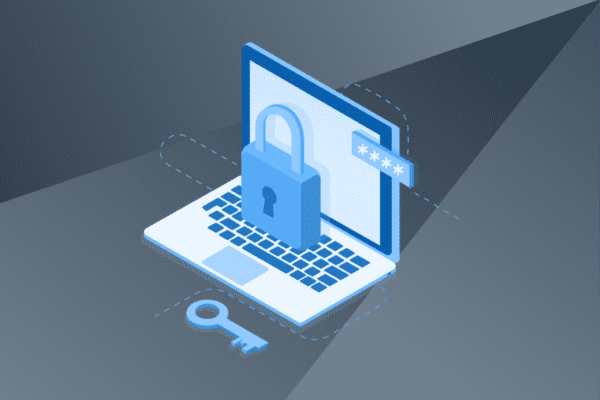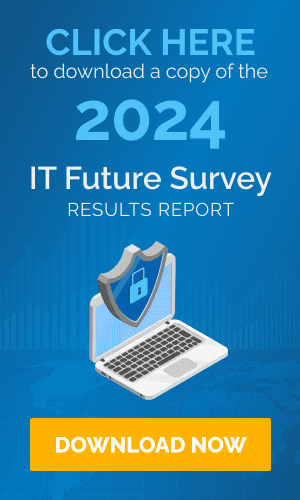Businesses cannot afford to ignore IT compliance any longer. Not only does it help organizations meet regulatory requirements and avoid costly penalties, but it also protects sensitive data from cyberthreats. This approach also helps businesses build trust with clients.
To stay compliant, businesses rely on key standards like SOC 2, ISO 27001, NIST and PCI DSS, which offer essential guidelines for meeting regulatory requirements. In this blog, we’ll break down these compliance frameworks, explore their differences and explain how they help organizations meet their compliance needs.
Top compliance frameworks
With cyberthreats becoming increasingly advanced over the years, more stringent regulations have been implemented to mitigate their risks. These regulations play a key role in keeping data safe, protecting customer information and building trust in today’s complex digital world.
Let’s take a quick look at the four major compliance frameworks that IT professionals follow:
- System and Organization Controls 2 (SOC 2): This standard focuses on managing customer data by following five principles — security, availability, processing integrity, confidentiality and privacy.
- International Organization for Standardization 27001 (ISO 27001): An international standard that helps organizations manage information security. It provides a framework for creating, implementing, maintaining and improving an information security management system (ISMS).
- National Institute of Standards and Technology (NIST): This offers a set of security guidelines originally for government agencies but is now widely used by private organizations to enhance their cybersecurity practices.
- Payment Card Industry Data Security Standard (PCI DSS): This standard ensures that companies processing, storing or transmitting credit card information maintain a secure environment to protect against fraud and data breaches.
With the right tools and systems, IT professionals can simplify compliance, automate audits and manage multiple frameworks more easily. This helps maintain ongoing compliance and quickly address any issues, allowing teams to focus on innovation and growth while staying secure and aligned with regulations.
Note: Regulation and Compliance Updates Every IT Professional Needs to Know
SOC 2: Protecting customer data with rigorous security controls
SOC 2 is a must-have compliance standard for any organization that handles customer data, so let’s examine it more closely.
What is SOC 2?
Developed by the American Institute of CPAs (AICPA), SOC 2 is a set of compliance criteria focused on how organizations manage and protect customer data. It ensures that businesses have proper processes in place to safeguard sensitive information and meet strict security standards.
Purpose: SOC 2 is based on five key principles that guide how data should be managed:
- Security: It ensures systems are protected against unauthorized access, covering measures like firewalls, encryption and multifactor authentication.
- Availability: It guarantees systems remain accessible as per service-level agreements (SLAs), with backup solutions, disaster recovery and monitoring in place to minimize downtime.
- Processing integrity: It ensures data is processed accurately, completely and promptly, reducing the risk of errors or data corruption.
- Confidentiality: Enforces strict controls so that only authorized individuals can access sensitive data. This includes access controls, encryption and secure data disposal when no longer needed.
- Privacy: Ensures personal data is collected, used and shared in line with the organization’s privacy policies and regulations, such as GDPR or CCPA, throughout its entire lifecycle.
What SOC 2 aims to accomplish
SOC 2 is designed to help organizations across industries achieve the following key goals:
- Data protection: SOC 2 ensures strong safeguards are in place to protect sensitive information from unauthorized access or breaches. It also guarantees that systems remain available and maintain data integrity, so businesses can meet operational demands without disruption.
- Privacy: It enforces strict controls to ensure customer data is handled responsibly. This includes restricting access to sensitive information, ensuring it is used only for its intended purpose, and securely disposing of it when no longer needed.
- Trust: Demonstrating SOC 2 compliance shows clients and partners that a business is committed to protecting their data. This builds trust and credibility, reassuring stakeholders that their information is secure.
Who follows SOC 2?
SOC 2 is commonly followed by:
- SaaS providers: Software-as-a-Service companies that handle user data.
- Cloud computing companies: Organizations that provide cloud-based services and manage customer information.
- Any business storing customer data in the cloud: Including hosting providers, managed service providers and third-party vendors.
ISO 27001: Setting the global standard for information security management
ISO 27001 is a globally recognized standard that provides a clear framework for managing information security. Here’s a simple breakdown:
What is ISO 27001?
ISO 27001 is an international standard that outlines the requirements for creating, maintaining and improving an Information Security Management System (ISMS). It helps organizations identify, assess and manage security risks in a structured way.
Purpose: The goal of ISO 27001 is to help organizations evaluate potential threats to their information systems and put security measures in place that align with their business objectives, such as maintaining productivity, protecting intellectual property and building customer trust. By aligning security measures with these goals, businesses can better allocate resources and balance risk management with growth.
What ISO 27001 aims to accomplish
ISO 27001 is designed to help organizations achieve the following goals:
- Systematic security management
- Policy development: Establish clear policies for how information is managed, shared and protected.
- Implementation of controls: Use technical, administrative and physical controls to protect information from threats.
- Ongoing monitoring and review: Regularly audit and review security practices to keep the ISMS effective and up to date.
- Risk management
- Risk assessment: Regularly identify and evaluate threats to information systems.
- Risk treatment: Implement security measures to mitigate or eliminate risks.
- Prioritization: Focus on the most critical risks based on their potential impact.
- Incident response planning: Develop a plan to handle security incidents quickly to minimize damage.
- Continuous monitoring: Keep an eye on emerging threats and update security strategies as needed.
Who follows ISO 27001?
ISO 27001 is commonly followed by:
- Multinational corporations: Large global companies looking to standardize their security practices across multiple locations and jurisdictions.
- Financial institutions: Banks, insurance companies and other financial services that handle vast amounts of sensitive customer and transaction data.
- Organizations with global reach: Any business that needs to meet international security standards, especially those handling critical data or operating in highly regulated industries.
NIST Cybersecurity Framework: U.S. government standards for security
The NIST CSF offers clear guidelines to help organizations improve their cybersecurity. Here’s what it covers:
What is NIST?
NIST is a voluntary framework created by the National Institute of Standards and Technology. It provides a structured way for organizations to manage and reduce cybersecurity risks, with the flexibility to tailor it to their specific needs.
Focus: NIST CSF provides best practices for identifying and managing vulnerabilities, strengthening security systems and building resilience. This helps businesses protect their data and systems from potential cyberattacks.
What NIST aims to accomplish
NIST CSF is designed to help organizations across industries achieve the following goals:
- Identify: Understand the assets, data and systems at risk.
- Protect: Implement safeguards to ensure critical infrastructure and data are secured.
- Detect: Put mechanisms in place to identify potential cybersecurity events.
- Respond: Develop plans to react to detected security breaches or incidents.
- Recover: Enable quick recovery from cybersecurity incidents to minimize damage and downtime.
Who follows NIST?
NIST is widely adopted by:
- Government agencies: Used extensively by U.S. government bodies to protect sensitive data and systems from cyberthreats.
- Defense contractors: Defense and aerospace companies rely on NIST standards to meet strict cybersecurity requirements.
- Highly regulated industries: Sectors such as finance, healthcare and critical infrastructure that require strong security protocols often turn to NIST for guidance.
PCI DSS: Payment card industry data security standard
The PCI DSS sets important guidelines to ensure businesses that handle credit card information maintain a secure environment. Here’s a breakdown:
What is PCI DSS?
PCI DSS is a set of security standards designed to protect payment card data. It applies to any business that processes, stores or transmits credit card information, ensuring they have the proper security measures in place to keep payment data safe.
Focus: These standards cover key areas like network security, encryption, monitoring and incident response to protect cardholder data throughout every stage of a transaction.
What PCI DSS aims to accomplish
PCI DSS is designed to help businesses:
- Protect cardholder data: Securely store and handle credit card information, ensuring that data is encrypted, protected and only accessible by authorized personnel.
- Prevent fraud and breaches: Reduce the risk of data breaches and fraud by enforcing strict security controls for all systems involved in processing payment information.
- Maintain a secure payment environment: Establish a secure, compliant environment for handling transactions, reducing the likelihood of payment fraud.
Who follows PCI DSS?
PCI DSS is commonly adopted by:
- E-commerce companies: Online businesses that handle digital payments rely on PCI DSS to secure customer payment data.
- Retail businesses: Brick-and-mortar stores that accept credit card payments must follow PCI DSS to protect transactions and customer information.
- Financial institutions: Banks, payment processors and credit card companies use PCI DSS to ensure the safe handling of payment data.
- Any business handling credit card transactions: Whether online or in person, any organization that deals with credit card payments needs to comply with PCI DSS.
Key differences between SOC 2, ISO 27001, NIST and PCI DSS
This table highlights how these standards differ in terms of focus, scope and certification processes, helping organizations choose the right framework based on their needs.
| Criteria | SOC 2 | ISO 27001 | NIST | PCI DSS |
| Scope of focus | Service organizations and cloud-based businesses handling data. | Information Security Management Systems (ISMS) across any industry or region. | U.S. federal government standards but applicable to various industries. | Companies handling payment card information. |
| Global vs. national standards | U.S.-centric but used globally by service organizations. | Globally recognized and accepted. | Primarily U.S.-focused but adopted by some global organizations. | Applied globally to any business dealing with credit card payments. |
| Mandatory vs. voluntary | Voluntary, though often expected in cloud and service industries. | Voluntary, though commonly required for certain industries. | Voluntary, though commonly required for certain industries. | Mandatory for any business handling credit card data. |
| Certification process | Requires formal certification by third-party auditors. | Requires formal certification through audits. | No formal certification; serves as a guideline for best practices. | Requires formal compliance certification by qualified security assessors. |
How Kaseya can help simplify your compliance journey
Navigating the complexities of compliance can be challenging for any organization, but Kaseya offers integrated tools designed to streamline the process, ensuring your business meets the requirements of frameworks like SOC 2, ISO 27001, NIST and PCI DSS easily.
Kaseya’s Compliance Manager GRC is a powerful tool that automates many of the time-consuming tasks involved in compliance. It helps IT professionals manage risk assessments, policy creation and compliance reporting with ease. By automating these processes, Compliance Manager GRC reduces the burden of meeting compliance requirements, making it simpler to stay aligned with various frameworks.
For businesses operating within Microsoft 365 environments, Kaseya 365 offers an all-in-one solution to unify data security and compliance. It provides continuous monitoring, management, and protection of critical cloud data, helping ensure that your organization remains compliant while also safeguarding sensitive information.
Drive growth with Kaseya’s powerful tools
With Kaseya’s tools, managing compliance becomes much easier. You can streamline the entire process, reduce the complexity of handling multiple frameworks and focus on growing your business without sacrificing security. Schedule a demo of Compliance Manager GRC and Kaseya 365 today to see how these solutions can simplify your compliance efforts and help you meet your security goals.





